ESD Michigan Regional Future City Competition – The Future City Competition challenges students to design a city of the future – and have fun doing it. This program was designed to promote technological literacy and engineering to sixth, seventh and eighth grade students. The program fosters an interest in math, science and engineering through hands-on, real world applications and helps students better understand the practical applications of mathematical and scientific principles.
Community
Stay up to date with Patti Engineering! This month, we showcase our collaboration with Kettering University, featuring a new robotic cell and hands-on experience for co-op students.
Press Releases
Community Company Culture
Patti Engineering thanks its partners, employees, and clients in celebration of 33 years of providing innovative controls system integration services. The company is at the forefront of applying Industry 4.0 […]
Community
Discover the future of education with Patti Engineering as we partner with Kettering University to launch a cutting-edge Industry 4.0 lab, featuring insights from Dean Scott Grasman.
Community Michigan
Patti Engineering is pleased to announce that Kettering University has named a terrace in Patti Engineering’s honor. As the first new building on campus in 20 years, the Learning Commons […]
Community Michigan
In 1919, what is now Kettering University opened its doors as The School of Automobile Trades. No stranger to name changes, it became the Flint Institute of Technology in 1923 […]
Community
Our newsletter this month features an institution that is integral to Patti Engineering: Kettering University. Formerly known as General Motors Institute (GMI), there’s a good chance your company has been […]
Press Releases
Community
Patti Engineering employees judged student competitors’ work and presented a special award to the winning team at the Engineering Society of Detroit’s 2017 Michigan Regional Future City Competition, a DiscoverE […]
Community
At the end of a month in which gratitude takes center stage, we’d like to give our thanks to a group that doesn’t often get much publicity: non-profit organizations. Whether […]
Press Releases
Community Michigan
Patti Engineering supports Hope College students competing in the Michigan Formula SAE competition organized by SAE (Society of Automotive Engineers) International; students design a formula-style race car, develop a business […]
Press Releases
Community Michigan
Control systems integrator announces annual “Best Use of Automation Technology” Award and participation for the 2016 Future City Competition. AUBURN HILLS, MI – February 3, 2016 Patti Engineering, Inc., a […]
Press Releases
Community Michigan
Financial and in kind donations allow Hope College students to develop a business plan, design and build a racing vehicle and compete. Auburn Hills, MI – May 5, 2014 – […]
Press Releases
Community Michigan
Control systems integrator announces annual “Best Use of Automation Technology” Award and participation for the 2015 Future City Competition Auburn Hills, MI – Januray 20, 2015 – Patti Engineering, Inc., […]
Press Releases
Community Michigan
Auburn Hills, MI – February 6, 2014 – Patti Engineering, Inc., a leader in control systems integration, today announced its sponsorship of the Future City Competition for the fourth consecutive […]
Press Releases
Community Michigan
Auburn Hills, MI – April 17, 2013 – Patti Engineering, Inc., a leader in control systems integration, today announced its continuing support for the FIRST Robotics Competition (FRC). The annual […]
Press Releases
Community Michigan
Auburn Hills, MI – February 6, 2013 – Patti Engineering, Inc., a leader in control systems integration, today announced its sponsorship of the Future City Competition for the third consecutive […]
Community Michigan
FIRST Robotics Competition – Dean Kamen is an inventor, entrepreneur, and tireless advocate for science and technology. His passion and determination to help young people discover the excitement and rewards […]
Press Releases
Community Michigan
Auburn Hills, MI – Patti Engineering, Inc., a control systems integration company based in Auburn Hills, MI with offices in Massachusetts and Texas, served as a Special Award Sponsor for the […]
Community Michigan
ESD Michigan Regional Future City Competition – The Future City Competition challenges students to design a city of the future – and have fun doing it. This program was designed […]




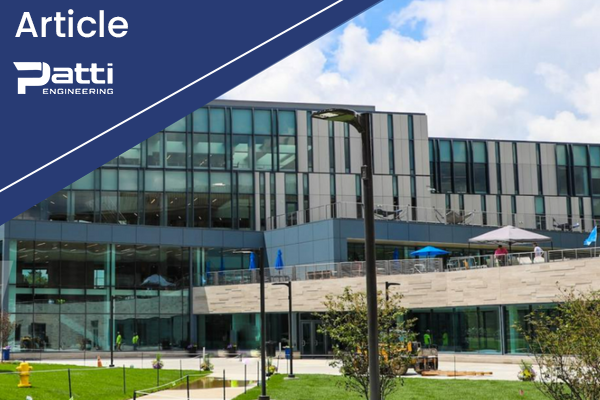



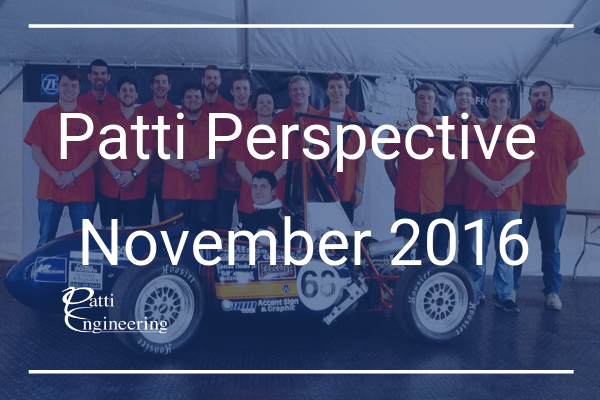
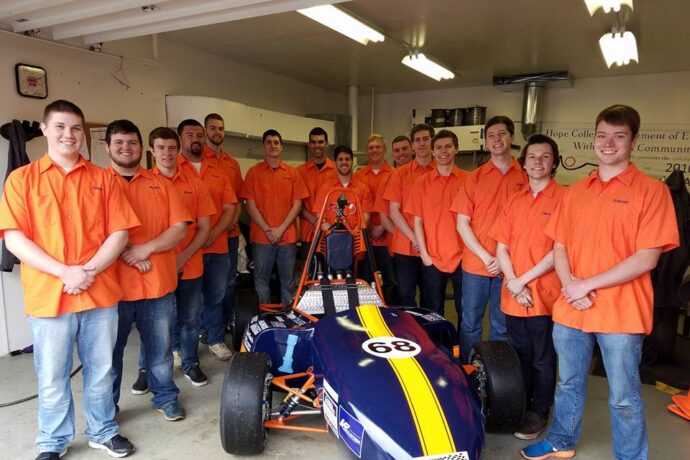


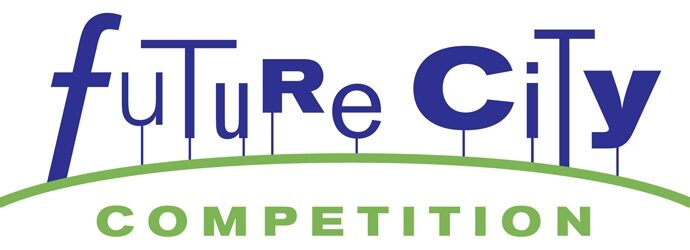


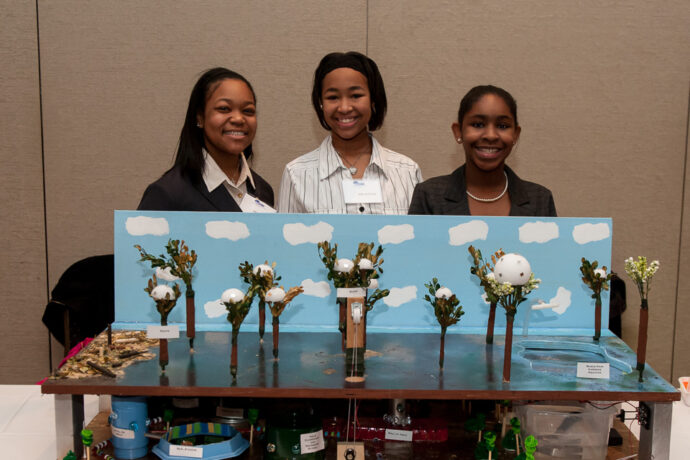



Share this to social media